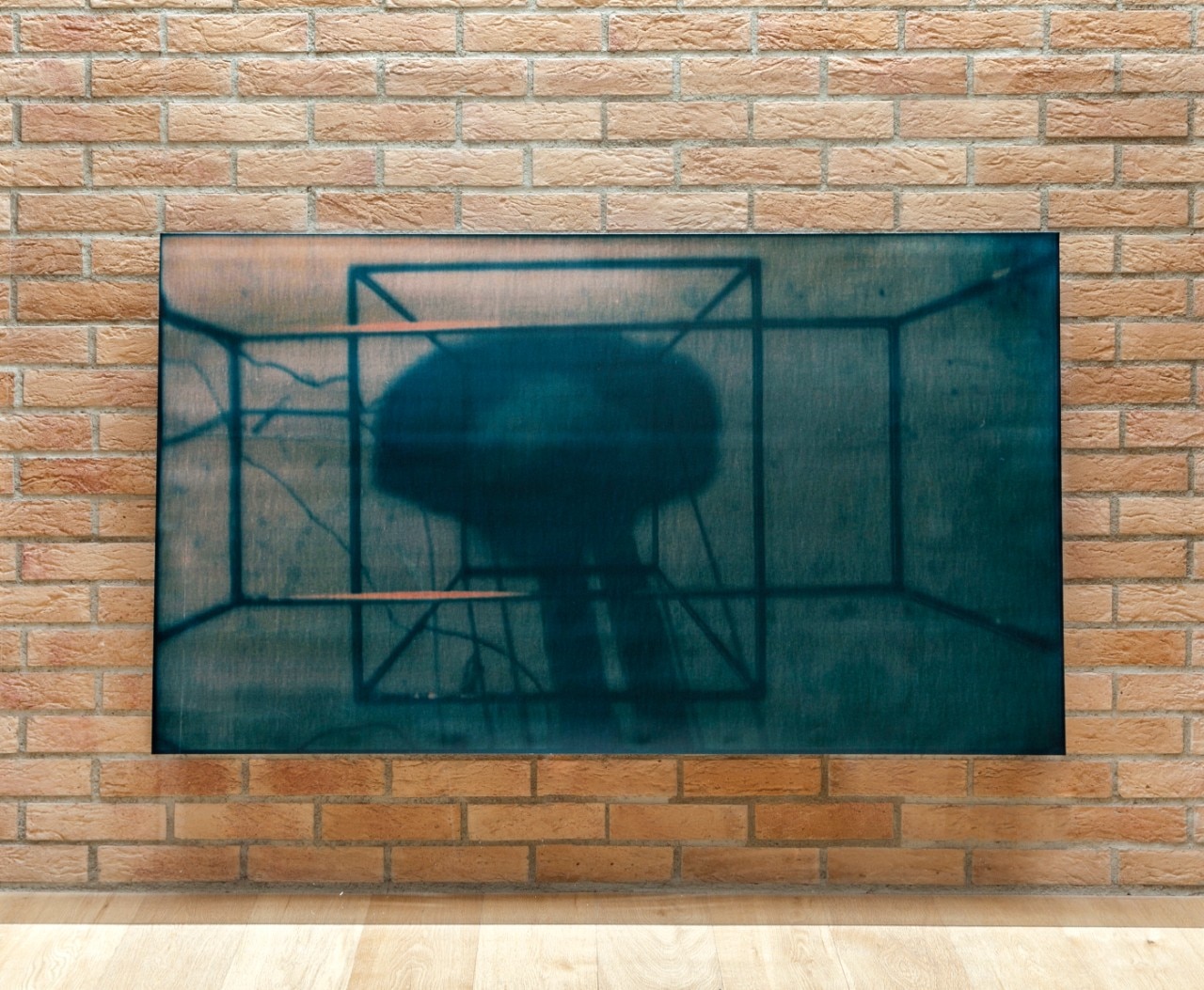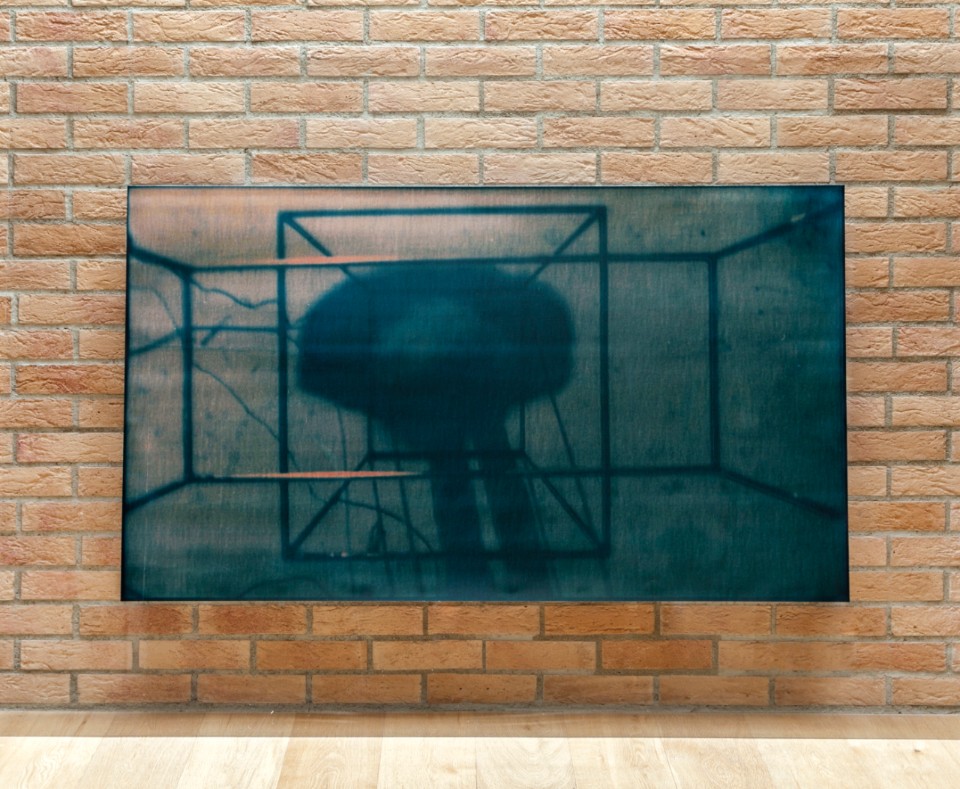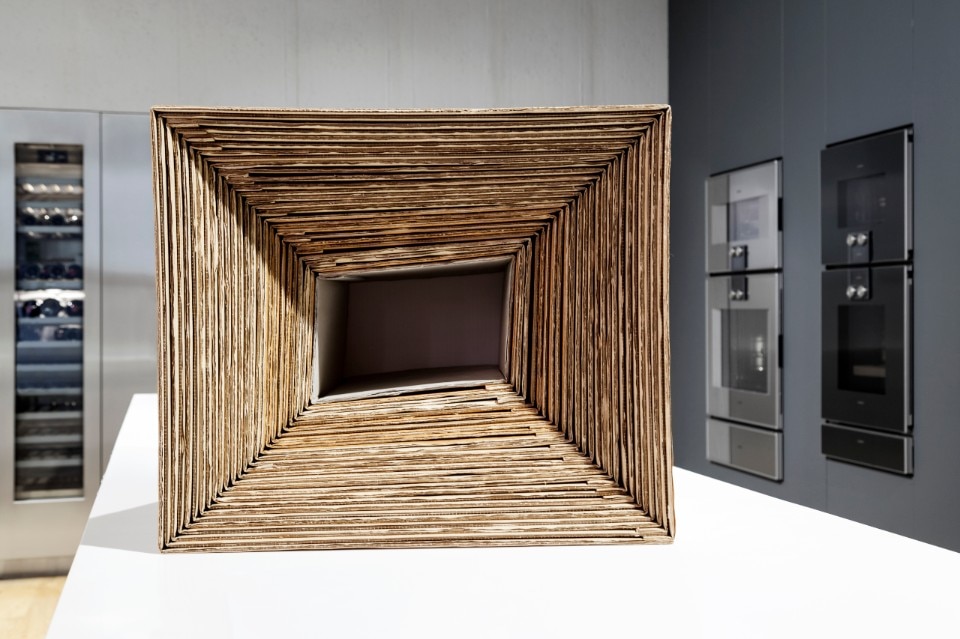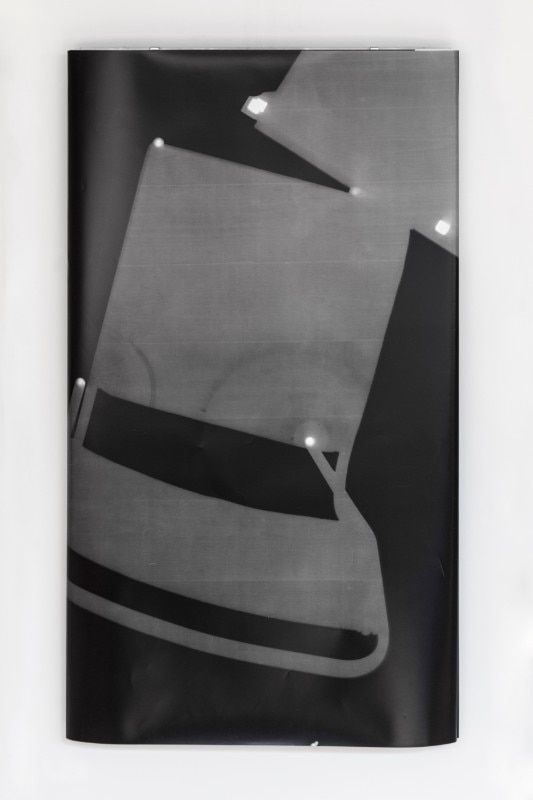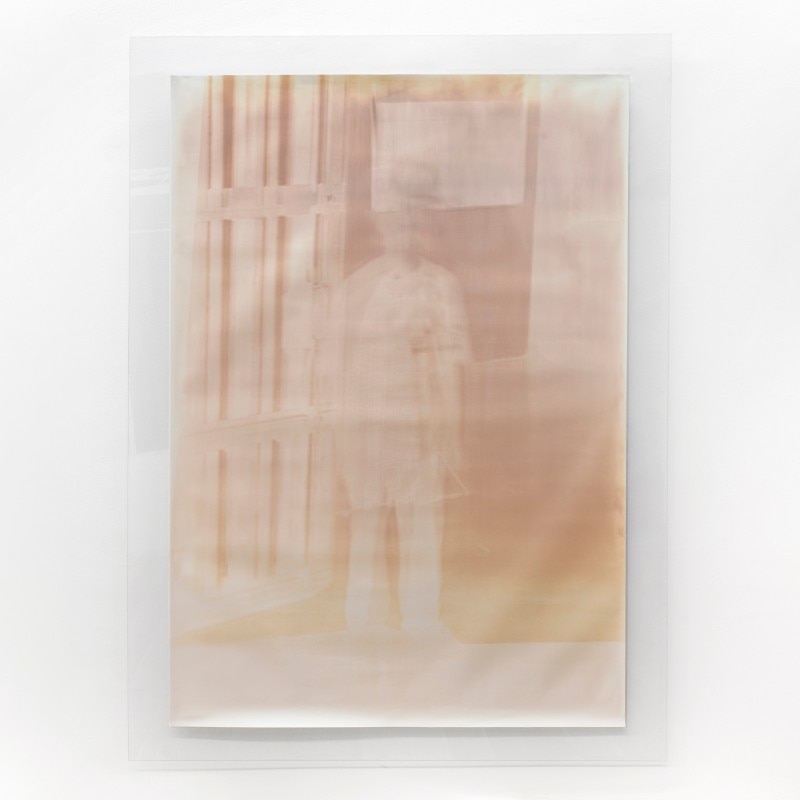Fabio Sandri, master of the off-camera technique, presents seven installations in dialogue with Gaggenau's Hub in Milano. Curated by Sabino Maria Frassà, artistic director of Cramum, “IO / N” explores a condition of co-belonging and co-existence between human beings and urban, social and architectural space.
The complementarity with the elements in the showroom is clear in works such as Stanze, triggering imagination and transforming the floor into a photographic lens. In Autoritratti, the result relies on the observers and their movements; it is a concept that is further explored in the site-specific work INCARNATO - FILTRO, a collective and in-progress self-portrait, evolving over the course of the exhibition.
“IO / N“, on view until 23 September, is part of “Extraordinario”, a cycle of exhibitions presenting four projects over the course of 2021 in Gaggenau's showrooms in Milan and Rome. Erika Sagripanti, brand manager of Gaggenau, explained to Domus that “Extraordinario” was inspired by the elements that form part of the company's DNA, and was conceived as a new start for the Art Project after a year in which the limitations caused by the pandemic put the entire cultural sector on the ropes.
In this first episode, Sandri takes us on an unprecedented exploration of space and matter, an itinerary that does not see humans as protagonists but as part of a complementary totality. Here, the unveiling of reality is entrusted to light; the photographic medium becomes an imprint, a blurred impression. “With the curator Sabino Maria Frassà we agreed on this title to highlight a certain approach to the representation of reality, meaning by reality bodies and space, in a dialectic between I and WE, but also the fusion of the ‘I’ with the ‘whole’ when the camera disappears and the photographer as subject steps aside”, says the artist.
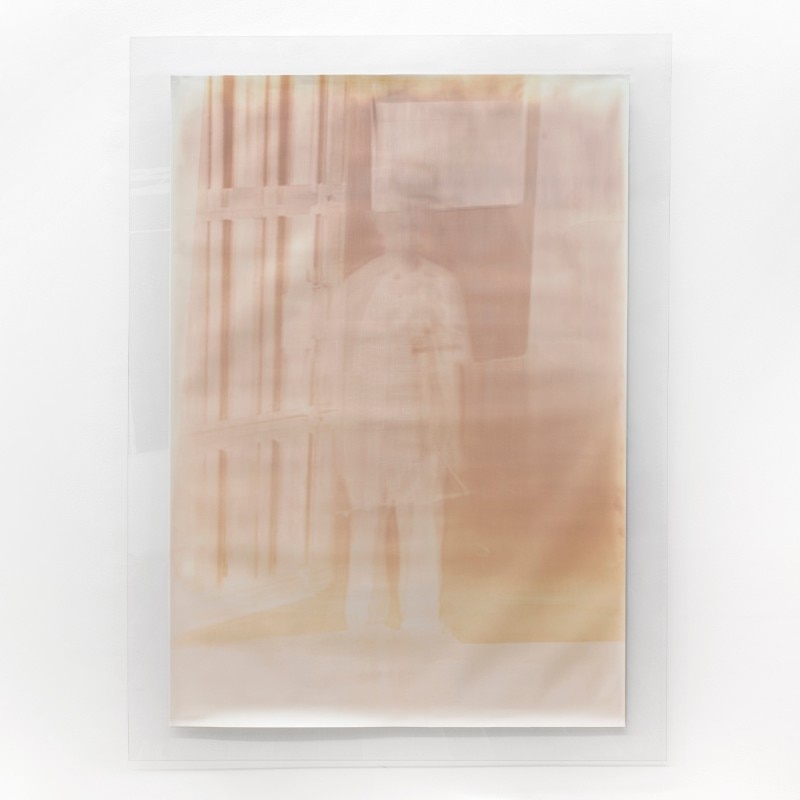
The works on display testify to a photography that does not depict reality but conveys an impression, almost a memory; but how?
The intention is to suggest another way of seeing and trying to capture an essence, through a concrete-physical-material language of extreme reduction constituted by photographic material, which I consider a plastic material even before being visual. Sabino effectively defines it as a “photography of immanence“, an attitude, a way of thinking, going beyond a self-referentiality that could be induced by the titles of some of my works such as, “IO” or “Autoritratto”. A "we" that is present in “Stanze”, a series that is imbued with space and free from anthropomorphic connotations, as suggested by the upside-down reading of the title; it avoids an intimate connotation, that does not belong to me.
I try to capture reality through light; the 1 to 1 scale of my works implies a physical involvement before being emotional, direct, and concrete before being symbolic and figurative. For me, the human figure represents, primarily, a "being in space". It ends up being one of the characterising elements of the space. The 1 to 1 scale also refers to the singularity and particularity of each individual, inevitable and “random” as the perimeters of the places where we find ourselves, or the shape of the image that we try to determine in a self-portrait. It is a constructive intention, an actuality of data that does not depend on personal interpretations; it concerns both the individual and the collective.
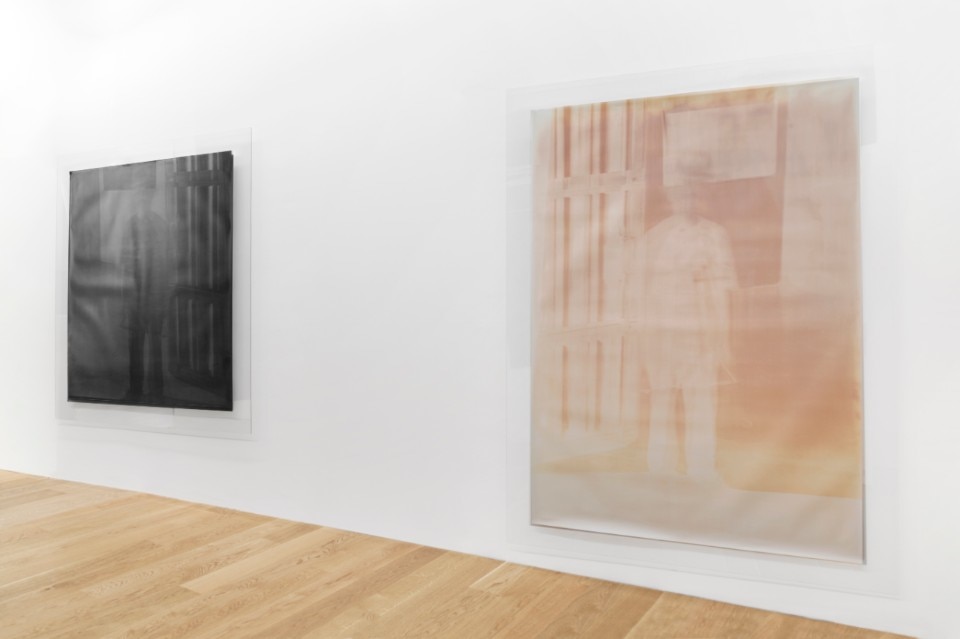
Your use of large format and off-camera allows you to capture the complexity of reality without fixing it. What does it mean for a photographer to set the camera aside?
Technique is never the end, but the means through which to express oneself. There may be different reasons for choosing or reworking a technique... I graduated in painting with Vedova as a teacher, and as far as photography is concerned, I am self-taught. I became interested in photography as a result of my strong interest in photosensitive paper, its particular materiality and above all the implicit automatism of generating an image through contact with light. After all, since my first pictorial works, I have been interested in searching for a mechanism - and not a machine - that would allow the genesis of the image, free from particular graphic gestures or surface materiality.
With off-camera techniques I was looking for (and found) a way for the image to form itself. As the curator correctly said, being a photographer is a bit like being a light director. The fact that I don't use photographic equipment, or at least that I don't use the camera's optics, is because I have always tried to highlight the essential, initial principles of the genesis of the image, mainly based on direct imprinting, on contact, on 1 to 1 scale, on the accumulation of time... My work is plastic, "with bare hands", not a processing/composition of the image in the optical sense.
In my works “Stanze”, of which there are three emblematic examples in the exhibition, the floor becomes a camera that sees in two directions at once, the lens coinciding with the entire space and the walking surface. Similarly, in the self-portraits I used the camera as a combination of video camera and projector. The work aims at producing an imprint-deposit of this sum of instruments and the action of the viewer-author of the self-portrait. The final image is only a reminder of the work and the experience of the viewers who try to stand still for 20 minutes to construct their own image. In this case, the "long" time required by the photosensitive paper allows for this process, implication and result to be set in motion.
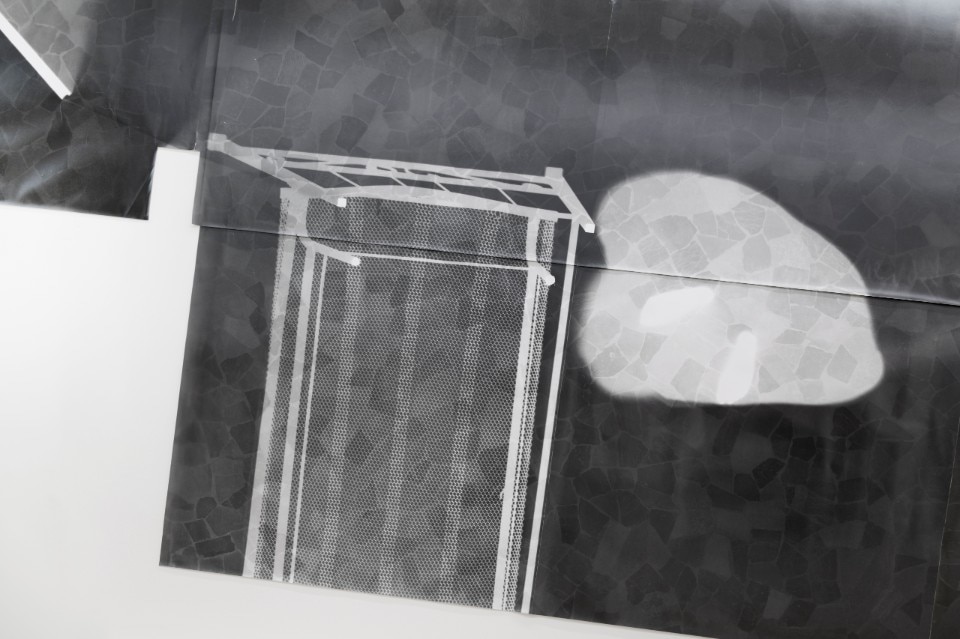
The interaction between light and materials produces imprints that are not a "retinal representation" of reality but investigate its essence. Blurred in his features but indelible in his physicality, what is the role of the human being?
The human figure is obviously the starting point, the first perimeter, the one we know best; then comes the perimeter of the room, which is undefined and varied, and then the space that sums it all up, the non-anthropomorphic “we” that I capture with the site-specific work "FILTRO-INCARNATO".
My work is based on the “physicality of the real”, on a concrete search for a form that reveals the real through contact, accumulation and concentration, by means of certain processes of photosensitivity. The vagueness of the form opens up to latency, that is inevitable and representative, indeterminate and determined.
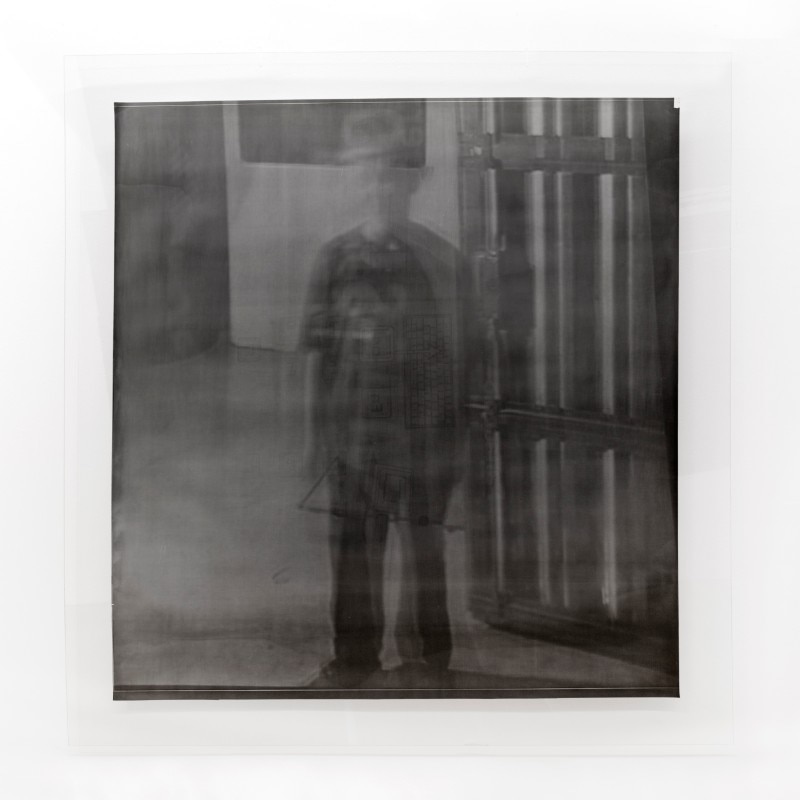
In the “Self-portraits”, the public becomes part of the work through the imprint of a video projection on photosensitive paper. How does time interfere in this cycle of works?
Time is obviously inherent to photography in all its possible forms... Since I am interested in photography as the physical unveiling of reality, I am concerned with photographic material intended as a concrete physical object-support. It is related to time, as well as to the memory of materials and iconography. It precisely connotes a specific material.
In these works there is a construction-impression time of about 20 minutes, in which a physical resistance of the subject is required, an "attempt at stasis" which defines the figure. When experienced in this effort, time changes its perception and its duration, becoming subjective and unmeasurable... minutes may seem many or few, because one enters into a particular psychological relationship with the "image production", face to face with one's own doubling.
The final image is a plot that concentrates infinite moments by accumulation, going beyond and inside the surface. A "Cezannean" or "Giacomettian" plot, if we can say so, testifying to a particular principle of construction.
- Title:
- IO / N
- Curated by:
- Sabino Maria Frassà
- When:
- Until 23 September 2021
- Where:
- Gaggenau DesignElementi Hub, Corso Magenta, 2, 20123 Milano MI
- For:
- Extraordinario
- Realised by:
- Gaggenau and Cramum


